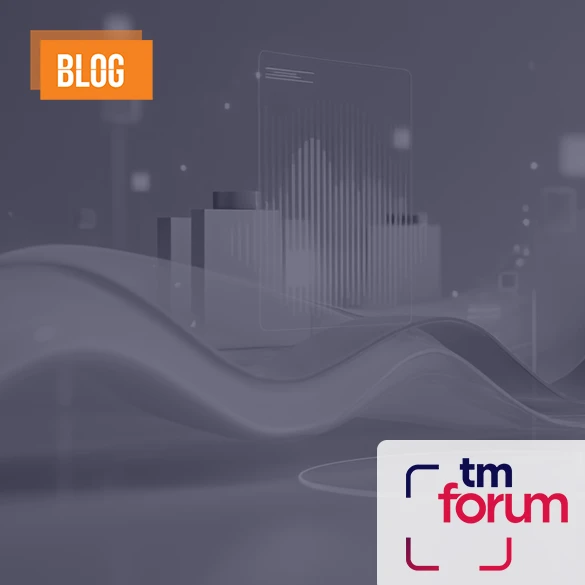ERP Integration with FlowE API: Fast & Flexible Solutions

How to Integrate ERP Systems with FlowE API?
ERP systems (SAP, Oracle, Logo, Netsis, etc.) lie at the heart of companies. Critical processes such as finance, human resources, procurement, and logistics are managed through these systems. However, ERPs often have rigid rules, changes take time, and flexibility is limited.
Thanks to its robust API infrastructure, FlowE makes ERP systems more agile: it automates manual operations, reduces the risk of errors, accelerates cross-departmental data flow, and increases operational efficiency. With the right integration steps, ERP transforms from being just a data source into a dynamic business management platform.
1. Define the Need Accurately
The first step for a successful integration is to clearly identify which process requires integration.
Example scenarios:
- In procurement: pulling material and stock data from the ERP and writing back the purchase order after approval.
- In HR: automatically filling FlowE forms with employee data from ERP.
- In finance: processing invoice numbers created in ERP directly in FlowE workflows.
At this stage, close collaboration between business units and the technical team is crucial. To demonstrate the value of integration, it’s important to highlight not only the technical benefits but also the business impact.
2. Explore FlowE APIs
FlowE offers broad integration flexibility with its REST-based APIs. It not only allows you to pull data from ERP but also lets you expose any process you design in FlowE as an API.
Key capabilities include process initiation and monitoring, form data access, user/role management, and webhook integrations. Security is also strong: FlowE supports OAuth 2.0, API Key, and JWT authentication, ensuring integrations are conducted securely and only through authorized systems.
3. Design the Integration Flow
A typical ERP integration follows this sequence:
- A request is sent to the ERP API (e.g., material list from the procurement module).
- Returned data is transferred to a FlowE workflow (e.g., form fields auto-filled).
- Approvals and workflow steps are executed within FlowE.
- Once the process is completed, updated information is written back to the ERP (e.g., purchase order number or approval date).
This approach transforms ERP from a slow, rigid system into a dynamic part of an orchestrated ecosystem powered by FlowE.
4. Don’t Skip Testing and Monitoring
Testing is the most critical stage of any integration project. FlowE’s logging and reporting features provide full visibility into processes.
Key considerations:
- All API calls must be logged.
- Centralized error logs should be maintained for failed calls.
- Retry, timeout, and fallback mechanisms must be defined.
- Processes should be monitored in real-time via dashboards.
5. Real-World Use Cases
Procurement Scenario
Stock data is retrieved from ERP, approval workflows are managed in FlowE, and purchase orders are automatically recorded back into ERP.
Gain: Procurement cycle time reduced by ~40%, error rate decreased by ~70%.
Human Resources Scenario
Employee data is transferred from ERP into FlowE, and recruitment or leave requests are managed via FlowE, with updates written back to ERP.
Gain: Duplicate data entry is eliminated, employee satisfaction improves.
| Scenario | Integration Flow | Outcome |
| Procurement | Stock data retrieved from ERP → Approval process in FlowE → Purchase order automatically recorded in ERP | Procurement cycle reduced by ~40%, error rate decreased by ~70% |
| Human Resources | Employee data transferred from ERP to FlowE → Leave/recruitment managed in FlowE → Updated data synced back to ERP | Duplicate data entry eliminated, employee satisfaction improved |
6. Advantages of ERP Integration with FlowE
FlowE creates clear differentiation compared to traditional integration projects:
- Speed: 5–10x faster implementation compared to conventional approaches
- Flexibility: Adapts easily to changing business needs through its low-code infrastructure
- Transparency: End-to-end real-time visibility with dashboards and logging
- Compliance: Secure integrations aligned with industry standards and regulations
| Criterion | Traditional ERP Integration | ERP Integration with FlowE |
| Deployment Time | Months | Days / Weeks |
| Flexibility | Code-heavy, hard to modify | Low-code, quickly adaptable |
| Visibility | Limited reporting | Real-time dashboards & logging |
| Error Rate | High due to manual processes | Automation minimizes errors |
Conclusion
ERP integration with FlowE is a strategic lever in digital transformation. When ERP’s processing power is combined with FlowE’s agile orchestration capabilities, processes become fully visible end-to-end, operational costs decrease, error rates drop, and employee experience improves.
Integrating ERP with FlowE is not just a technical necessity — it’s a strategy to guarantee speed, accuracy, and future-readiness for your business.








